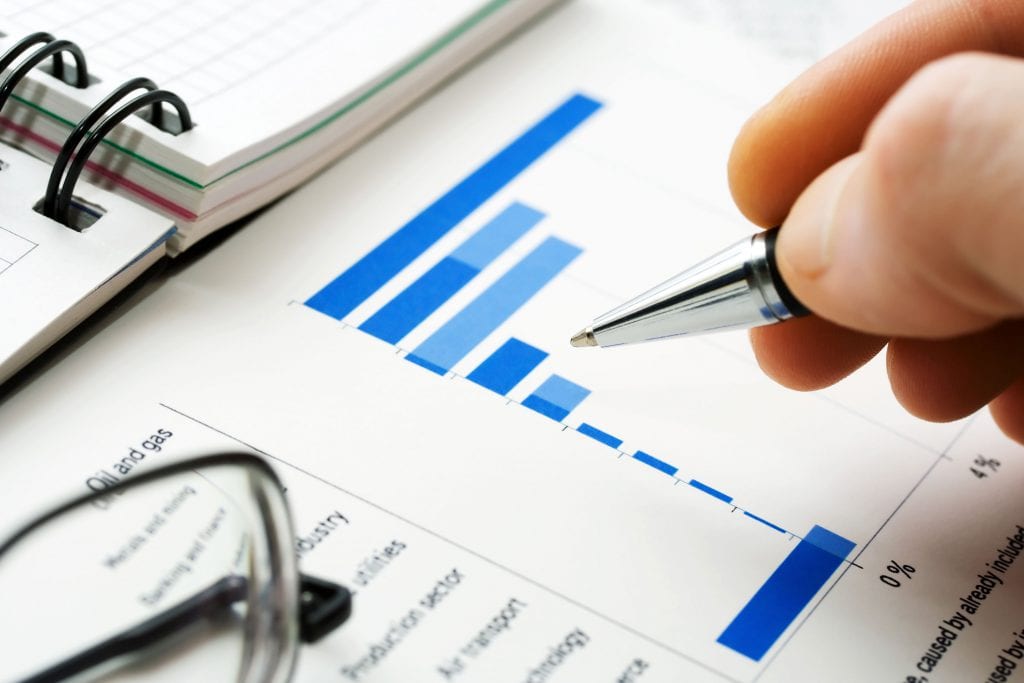Mobile apps have become the next big thing inpayments, but in the land rush for space on smartphones many appdesigners are being one-dimensional in their thinking. Apps arebeing designed it seems to solve a single problem – making apayment, collecting loyalty points, buying a ticket, scanninggroceries. But for the user, solving a single problem can oftenmake their lives more complicated.
Let’s take two examples from the list above: buying a ticket andscanning groceries.
Many transit systems offer a mobile-ticketing app that enablesriders to pay a fare using their phone. But for a frequent publictransportation user, this is just one piece of a transportationpuzzle that they need to put together. For a daily trip that acommuter takes all the time, the route and fare are well known tothe user. But there are times, usually every weekend, when atransit rider needs to vary from their routine.
That rider needs an app that can let them pay a fare, but also finda route. For commuter rail and transit systems where the fares varyby zone, they need a way to calculate the fare. In addition,everyone wants to know when that train or bus will actually showup. Sometimes, they have been given a ride by a friend with a caror they have taken a taxi, but now they need to know the closeststop. By tapping into the global positioning system on smartphones,an app could easily provide the closest station or stop, the nextstation, the cost of a fare, and the means to buy a ticket.
Let’s say our transit rider has taken the bus to the grocery store,where s/he can use a mobile app to scan groceries as they are putin the cart. Many mobile wallets and apps store the users’ loyaltycards, and some even present offers. For a store allowing selfscanning, they do want the customers bringing their carts to thecheck out to pay, even if a payment card is stored so that thestore has the ability to check a cart and make sure someone is notpaying for one item and walking out with ten.
While the grocery store combines several functions – loyalty,scanning, and instant offers – there is an ability to make lifeeasier on the shopper, on the store, and offer marketing servicesto the store’s partners.
In using the SCAN IT! App from Stop and Shop, what I wanted themost was a list function. I found myself juggling a phone, ashopping list, a pen, and an item from the shelves in my effort toscan and mark the things on my list. I ended up putting a pen intoa loaf of bread at one point and wishing that my phone would let mestore the list and automatically check off the items as I scannedthem.
This got me dreaming. Imagine a mobile app that would not onlystore the list and check off items, but organize it and presentoffers related to the items on the list as you went through it. Oneof the main problems with coupons connected to loyalty cards now isthat they are presented at checkout, once you have alreadypurchased an item. Frequently shoppers receive coupons from onebrand when they have purchased another. Imagine the conversion rateif that was presented when you entered the store, next to yourlist. For a list that included a generically described item, itcould try to steer customers towards a brand with an instantcoupon.
That seems fairly easy to execute, so let’s take it one stepfurther. Imagine an app that would organize the list and rememberfrequently purchased items. Okay-easy enough, now one more stepinto the realm of science fiction-imagine an app that wouldorganize the list by aisle in the store.
For example, the Stop and Shop app asks for the shopper’s preferredstore. Now imagine if it told you what aisle each thing on yourlist was in and organized it in that way. This might be a bit laborintensive to set up initially, but it could save a lot of time andsearch both for the customer, and for the staff as many requestsfor help are solved by the app.
If you wanted to get really advanced, you could try to connect aphone’s NFC chip (sorry iPhone users) to transmitters in the storeso that the app would know where people are in the store and canhelp them find items. Much like the transit app above, someonecould know where they were and how to get to the next place theywanted to go.
Storing frequently purchased items could even lead to a budgetingfeature so that people would know how much they spend on groceriesand how to manage their coupons, brand choices, and other offers toreduce their grocery bill.
In looking at these ideas, anyone who has a familiarity with theuniverse of mobile apps will make the observation that all thecapabilities described already exist. The maddening reality is thatthe capabilities exist, but they are not combined to enable thedesign of a mobile app that can add real value to a mobileapplication.
As merchants, issuers, and service providers work to design mobileapplications and wallets, they need to immerse themselves in thecustomer experience as they work to solve problems. Instead ofthinking in terms of just payments, or just loyalty, or even justmapping, they should think about what the customer experience andfigure out how to design the application to address the many facetsof that experience.
